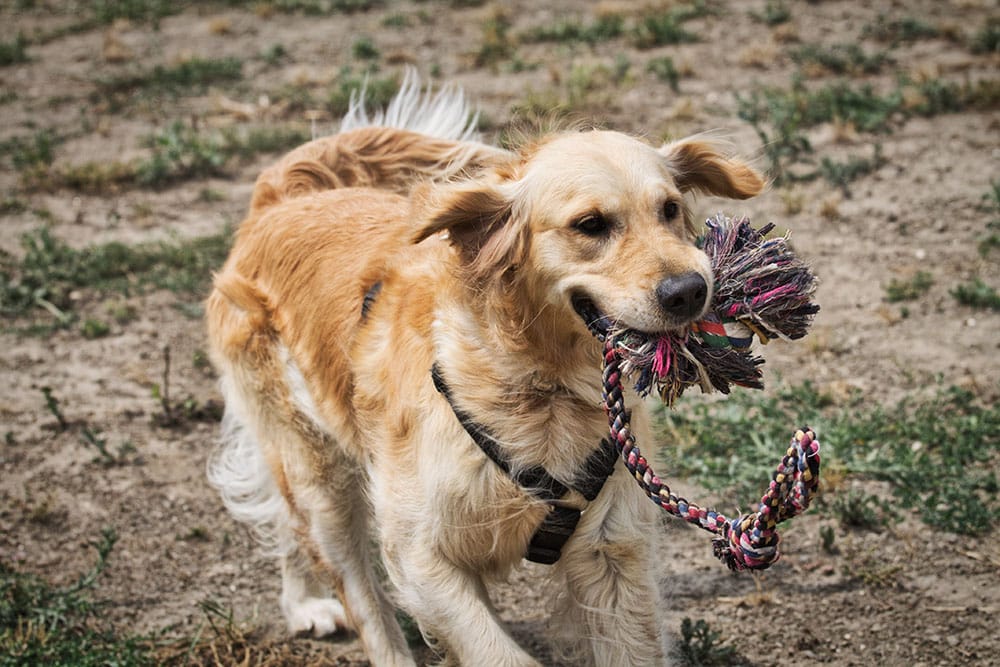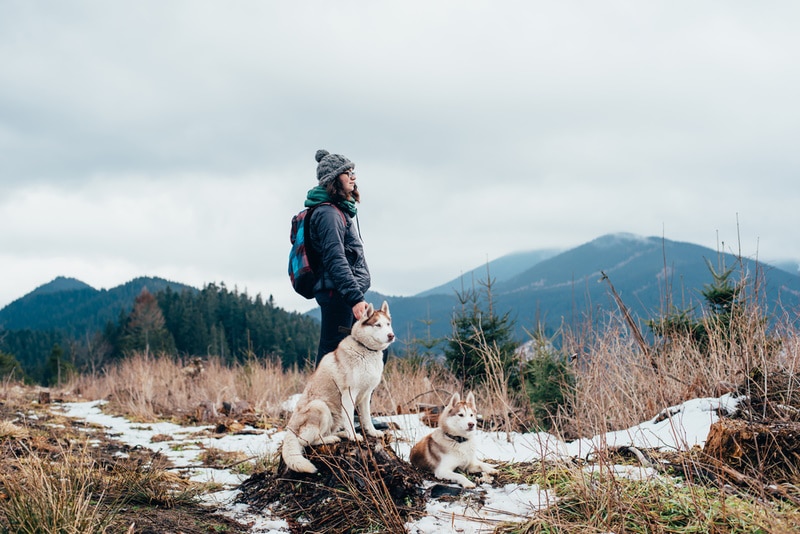Why Does My Dog Pee on His Blanket? 9 Vet-Reviewed Reasons
Updated on
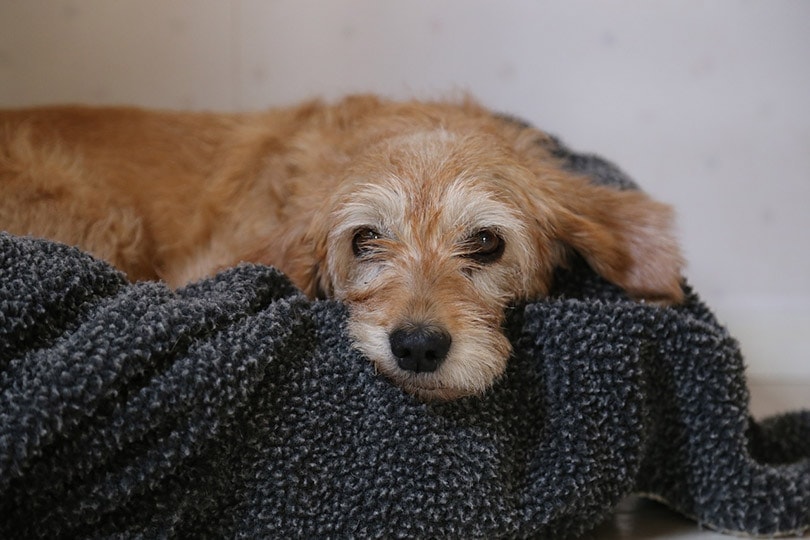
Whether you have a puppy or an older dog, it can be frustrating to discover that your dog is peeing on their blanket or dog bed. It can be messy to clean up and leave an unpleasant smell behind, especially when not cleaned up properly. It is even more important to identify the reason that your dog is peeing on its bed, though. Some of the reasons are behavioral, while others are medical conditions that can be addressed with medical care through your veterinarian. Identifying the cause is the first step in solving this issue.
The 9 Reasons Dogs Pee on Their Blankets:
1. Medical Causes
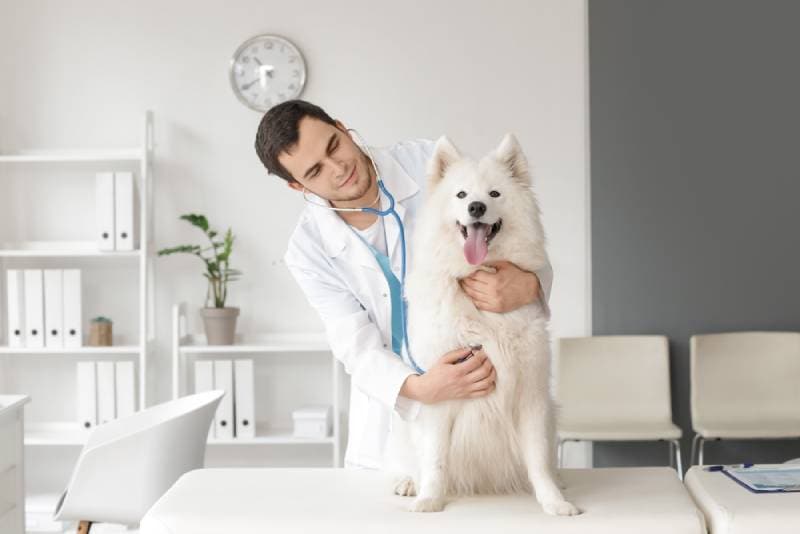
There are multiple medical conditions that can cause your dog to urinate on their blanket or bedding,1 like a UTI, bladder stones, and diseases that cause excessive drinking (for example, kidney disease, diabetes, Cushing’s,2 and Addison’s disease,3 and some cancers). If your dog suddenly starts having accidents, it’s important to see the vet to start ruling out medical conditions.
Have your vet perform a thorough examination of your dog, with a urinalysis and whatever additional diagnostics your vet sees fit to diagnose your dog. You need to rule out medical causes of inappropriate urination before you start looking at potential behavioral causes. Most medical conditions will worsen over time without proper treatment, so it’s important that you get your dog to the vet as soon as you recognize there is a problem.
2. Incontinence
Urinary incontinence is when your dog involuntarily loses control of their bladder. It is normally seen as episodes of intermittent or continuous dribbling of urine combined with episodes of normal toileting. There is usually an identifiable medical reason for incontinence.4 It is commonly seen in female dogs, and they may dribble small amounts of urine throughout the house, or they may fully or partially empty their bladder in their sleep or when relaxed. When your dog is incontinent, they are not likely to be aware that they have peed on their bedding.
There are medications that can help reduce or eliminate incontinence in dogs, and your vet will be able to help you determine what medication is best suited for your dog, depending on the issue. If you believe your dog is experiencing incontinence, your vet will also rule out medical causes like urinary tract infections. Don’t punish your dog for this behavior, as they truly have little to no control over it. Punishing them will only create anxiety and stress, potentially leading to more accidents and less trust between your dog and you.
3. Confusion
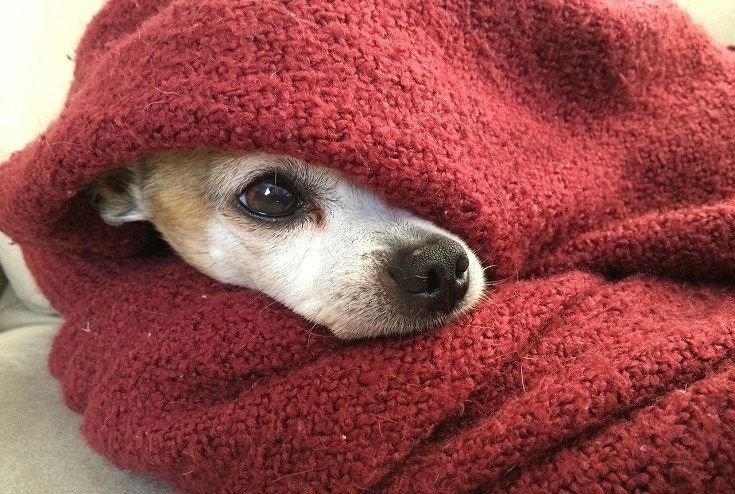
Confusion can occur as your dog ages, but it isn’t a normal part of aging that should be ignored. In fact, it’s just the opposite: the sooner you identify the issue, the quicker you can start helping your dog. Some dogs experience a dementia-like disorder (cognitive dysfunction) that leads to confusion and forgetfulness as they age, which may lead to your dog urinating in inappropriate places, like their blanket or bed. This is different from incontinence because they know when they’re going, but they may not be able to recognize that where they’re going isn’t right.
If you think your dog is experiencing age-related changes leading to confusion, you need to reach out to your vet for treatment options. There are foods, supplements, medications and behavior modification plans that can all help reduce confusion for your dog. It’s important not to punish your dog for this since it will only increase their anxiety and stress in a situation that is already confusing for them. If your dog is having accidents while you’re away during the day or overnight, make sure to provide an extra potty break right before you leave or go to bed.
4. Improperly Cleaned Urine Stains
Cleaning up urine can be difficult to do, especially if you don’t have the right tools. If your dog has peed in a specific spot before, they may be confused by the remaining scent and pee there again. This can also happen if another dog has peed in a specific spot and your dog smells the remaining scent of the urine stain.
It’s important to clean up urine stains properly with urine cleaning products. Most commercial cleaning products won’t remove all the scents left behind by the urine. Commercial urine cleaning products like enzyme cleaners work to remove the bacteria and particles left behind by the urine. This ensures the smell is fully removed, and your dog won’t continue to be confused by a smelly urine stain.
Our favorite enzyme cleaner for eliminating pet smells and stains is our very own Hepper Advanced Bio-Enzyme Pet Stain & Odor Eliminator Spray. It makes clean-up a breeze because it permanently removes even the very worst smells and stains (urine, feces, vomit, you name it!) from basically any surface you can imagine.
- ADVANCED ENZYMATIC CLEANER - Penetrates the most stubborn smells and stains at the deepest molecular...
- FOR ANY MESS, ON ANY SURFACE - This pet odor eliminator cleans your carpets, floors, furniture,...
5. Stress
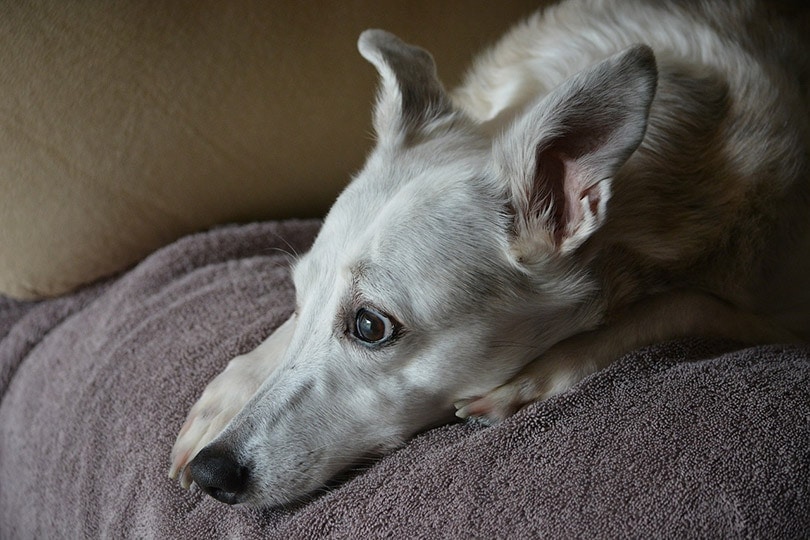
Stress can be a powerful motivator for dogs to act out. Dogs can become stressed by a change in your working pattern, new pets, a baby, a move, or something as severe as abuse or inappropriate training methods. Stress is usually accompanied by other behaviors, like destruction, vocalizing, aggression, decreased appetite, and hiding. If something has occurred in the places where your dog feels safe peeing, like in your backyard or on a walk, then they may look for other places to go, like on their bedding.
Begin by working to determine the cause of your dog’s stress. If you know that a recent change in the home or the routine has occurred that may be causing the stress, work to help your dog adjust to the change.
6. Limited Mobility
Limited mobility can become a real problem for old dogs, although it also occurs with younger dogs that have experienced an injury or have a medical condition causing limited mobility. Dogs with reduced mobility may pee on their bedding out of an inability or lack of desire to get up due to discomfort. Arthritis, muscle atrophy or weakness, and pain can all cause unwillingness or inability to move.
If your dog’s mobility is beginning to show signs of limitation, you need to talk to your vet. While some supplements can help improve joint health or prevent further damage, they are not a cure-all for conditions that cause limited mobility. Your vet will be able to determine what is causing your dog’s mobility reduction and help you develop a treatment plan. Sometimes, anti-inflammatories, pain medications, and physiotherapy, amongst others, are necessary to keep your dog comfortable and mobile. Establishing a frequent, regular schedule of toilet breaks will help ensure that your dog urinates in a timely manner.
7. Left Too Long Without a Potty Break
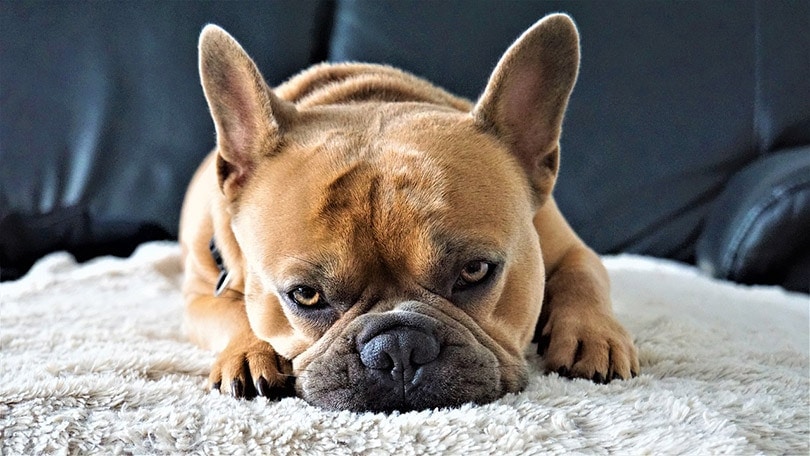
How long dogs can be left without potty breaks can vary quite a bit. Breed, age, size, type of diet, and level of housetraining can all play a role in how long your dog can hold it. If your dog is being left for too long, though, they may start peeing on their blanket, in their kennel, or elsewhere in your house. Some dogs can last upwards of 12 hours without a potty break, while others may need to go out every 4 hours or so.
Make sure to let your dog out regularly throughout the day when you are home, as well as right before bed and right before you leave for work in the morning. If your dog seems to be having trouble holding it all day, then aim to come home during the day to give them a potty break. When this isn’t possible, a dog walker can be a major asset in helping your dog get through the day without accidents.
8. Not Housetrained
Housetraining a puppy can be a long, arduous process. If your dog isn’t fully housetrained, they may pee on their blanket or bed. Sometimes, even dogs that are mostly housetrained may choose to pee on their own bedding because they know they aren’t supposed to go on the floor. Most dogs won’t pee in the places that they sleep, but some will, especially if they are trying to follow the rules. It’s also not uncommon for housetraining dogs to pee on their bedding when they are in a kennel because they can stay out of the mess easier if it’s absorbed in a blanket.
Stick to your housetraining with your dog and trust that you will succeed. Continue offering positive reinforcement when your dog potties in the appropriate spots. It can take up to a year for some dogs to become fully housetrained. If your dog is having accidents and you think incomplete housetraining may be the cause, begin taking your dog out more frequently. In some cases, you may need to hire a dog walker to come by once or twice during the day to let your dog out while you’re at work.
9. Territory Marking
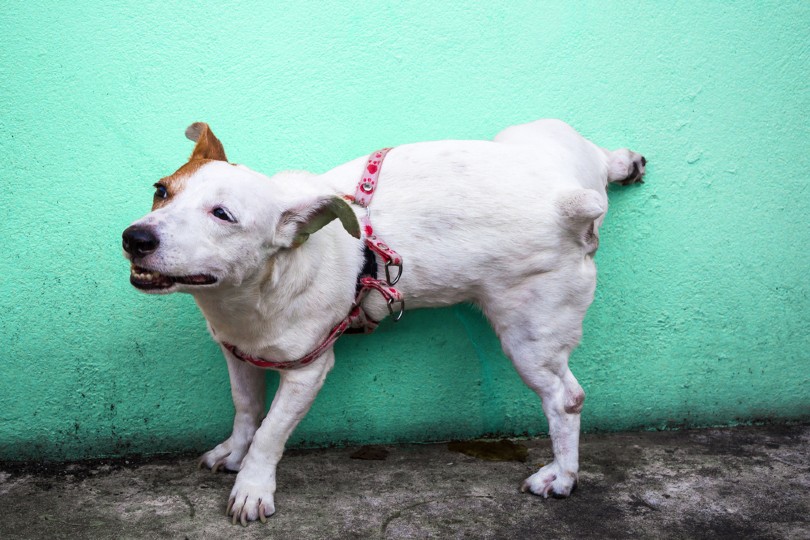
Territory marking is not an uncommon behavior in dogs, although they typically do it on upright surfaces like fences and fire hydrants. Fully housetrained dogs rarely mark their territory via urination within the home, but it is a possible cause of the behavior of peeing on their own blanket or bed. This is more likely to occur if your dog is intact or if a new pet has recently been introduced to the home.
Work with your dog on breaking the behavior of territory marking inside the home. Positive reinforcement of appropriate urination spots works well for many dogs. If you feel like your dog is marking their territory because they feel threatened by another pet in the home, make sure to create boundaries for all pets in the home. Your dog may require a safe space of their own where the other pets are not allowed, like a kennel. A behaviorist can be very helpful if you are not sure how to proceed.
Conclusion
While it can be frustrating if your dog is having accidents on their blanket, you must work to not take that frustration out on them. As explained above, there are many reasons for this change of behavior. Keep in mind that dogs can’t experience human emotions like spite, so your dog is not peeing on their blanket just to spite or upset you. There is a mental or physical reason your dog is doing this, and it’s up to you and your dog’s vet to identify and address the cause.
Related Reads:
- Why Does My Dog Urinate When I Pet Him? (5 Possible Reasons)
- My Dog Peed on My AC Unit, What Should I Do? Tips & Prevention
Featured Image Credit: Zazu70, Pixabay





